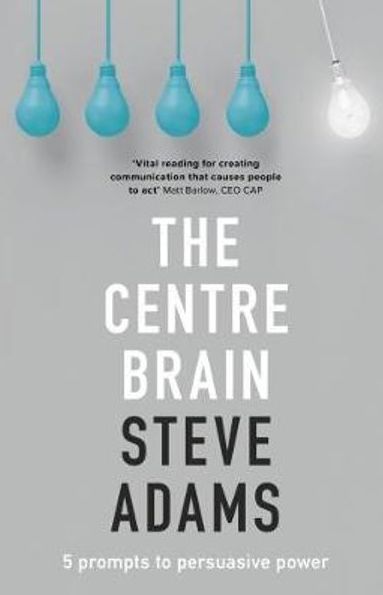Why is contrast so important?
Because it prompts action. When people feel strongly about something, they react – they take action. And contrast enables that.
The brain uses contrast to determine reactions and response. But if in our communication we fail to provide contrast, the brain will itself provide something to contrast with the one thing we’ve given it. And this ‘contrast’ is normally a ‘do nothing’ option.
As Steve Adams writes, “whenever I make a direct fundraising ask, I will always offer two choices which contrast with each other in some way. This helps shift the question from ‘Should I respond?’ to ‘Which option should I respond to?’”
This is vital for persuasive communication. When we communicate, providing the brain with two options for response or action will mean it’s more likely that one of those responses will be chosen.








